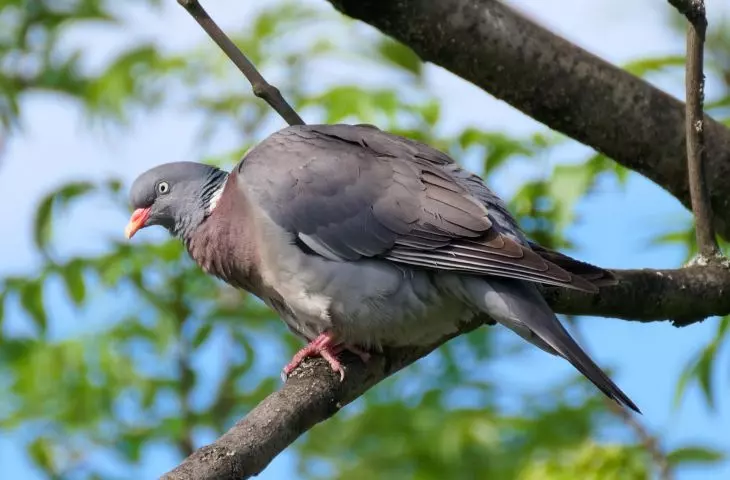Architecture is an art not just for humans, although it is usually our needs that we put first. Often, however, our impact on the immediate environment ends tragically for birds. How do we adapt our buildings so as not to harm them?
As part of our #ReportThursday series, we present documents, reports and guides on architecture, cities and local government that are certainly worth publicizing and promoting. This week we look at the guide "Protecting birds from collisions with glass buildings. Practical and Effective Solutions" prepared by Aleksandra Szurlej-Kielanska, Lucyna Pilacka and Dariusz Górecki. The guidebook was published by the PTA Friendly Investment Support Association in partnership with PLGBC.
In addition to the natural threats to birds, we have added those caused by our activities. Bird mortality today is no longer contributed only by "killer windmills" or "killer cats." - they are also threats resulting from improperly designed architecture that does not take into account the needs of these unique animals.
Architecture harms birds in multiple ways. First, designed buildings are not checked for aerodynamics or light reflection. Secondly, the materials - large sheets of glass are designed without deep thought," said Pawel Wolejsza, one of the substantive consultants of the report, in an interview with our portal.
The entire guide is available online - see here.
Cover "Protecting birds from collisions with glass buildings. Practical and effective solutions"
© PTA Friendly Investment Support Association
problems of architecture and urban planning
What are the threats to birds posed by buildings? The problem is, first of all, the creation of a mirror effect - materials with high reflectivity cause the illusion of reality for birds. There is also the effect of transparency - glazing that runs axially through the building is dangerous. Light is also a major threat to birds - inadequate positioning of the light source or its excessive emission. The phenomenon of hot spots, which is extremely problematic in bird migration corridors, should not be overlooked either.
These problems, can be solved by architects and urban planners already at the time of design. All that is needed is a good dose of knowledge and good will.
This can be remedied quite simply with basic design decisions. The adjustment of the full to glass plane itself is important - it creates the illusion of a visual barrier visible to birds," points out Pawel Wolejsza.
this is how birds see?
© PTA Friendly Investment Support Association
in search of a better bird future
What solutions do the authors of the guide propose? Before I mention a few of them, I will mention one important fact - Polish roads and highways built with acoustic barriers have been embellished for years with images of birds that do not work. The famous birds flying on the barriers do not deter real birds, they only distract the eyes of traffic users.
Bird migration corridors and locations of possible collisions with development
© PTA Friendly Investment Support Association
Let's focus on solutions. The use of window films and graphic markers that are visible to birds, the exclusion of axial and corner glazing from the design, and the use of highly reflective glass have a good effect on bird welfare. Added to this is the proper adjustment of urban light and taking care of biodiversity.
The guide "Protecting birds from collisions with glass buildings practical and effective solutions" furthermore cites dozens of examples of various solutions. This is a publication that should be taken into account in competition recommendations, as well as investor implementations.
In Poland, data on bird mortality are incomplete
© PTA Friendly Investment Support Association
The entire guide is available online - see here.



























